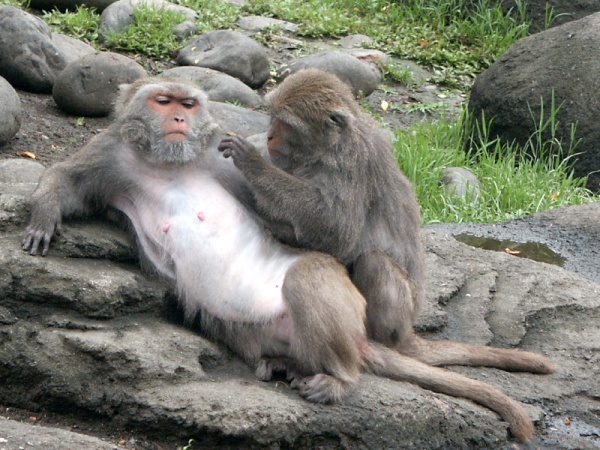Facts About Formosan rock macaque
The Formosan rock macaque, also known as the Formosan rock monkey or Taiwanese macaque, is a distinct species native to Taiwan and has even been introduced to Japan. First described by Robert Swinhoe in 1862, these macaques are the sole native primates in Taiwan aside from humans.
Typically, these monkeys measure between 50 to 60 cm in length and weigh around 5 to 12 kg. A notable feature is their pouch-like cheeks, which they use to store food. They inhabit mixed forests and grasslands, thriving at elevations ranging from 100 to 3,600 meters.
Formosan rock macaques live in large, stable groups with a social structure that closely resembles that of other Macaca species, where females form strong bonds with each other. They are diurnal and have an omnivorous diet, consuming fruits, leaves, insects, and even bird eggs.
Regarding reproduction, a single offspring is born after a gestation period of about five and a half months. The infants are nurtured and nursed by their mothers.
Despite their captivating lives, Formosan rock macaques face conservation challenges. Hunting for their meat and the damage they cause to crops pose significant threats. Furthermore, the cultural practice of feeding these macaques in Taiwan has led to increased interactions between humans and monkeys, complicating conservation efforts. The government has launched initiatives to reduce these behaviors, but the success of these measures varies.
